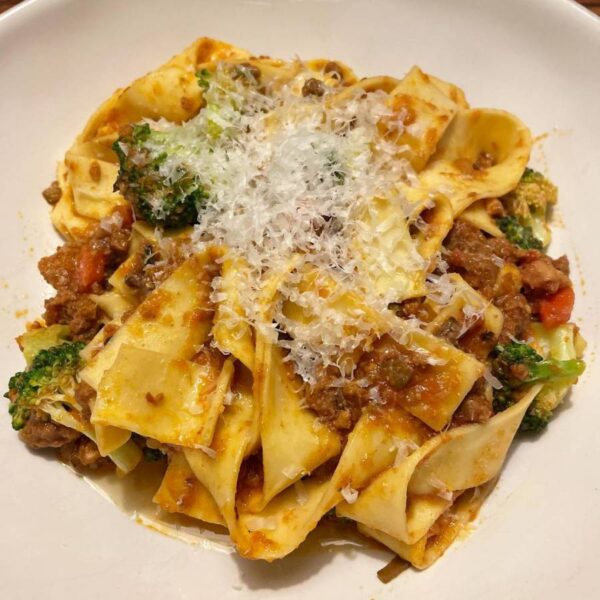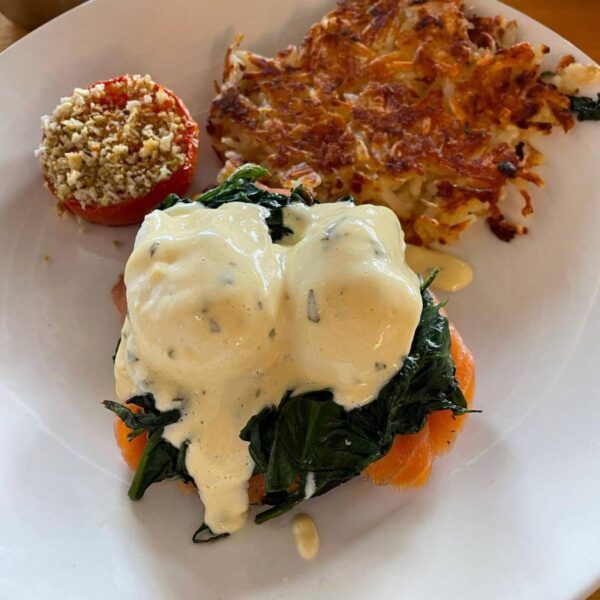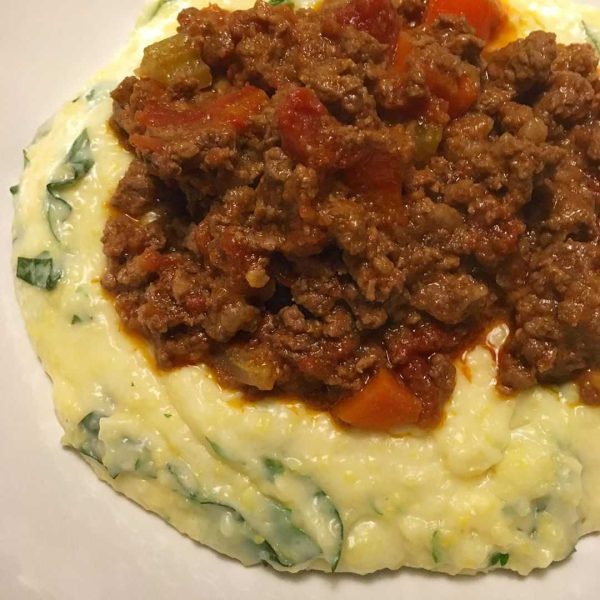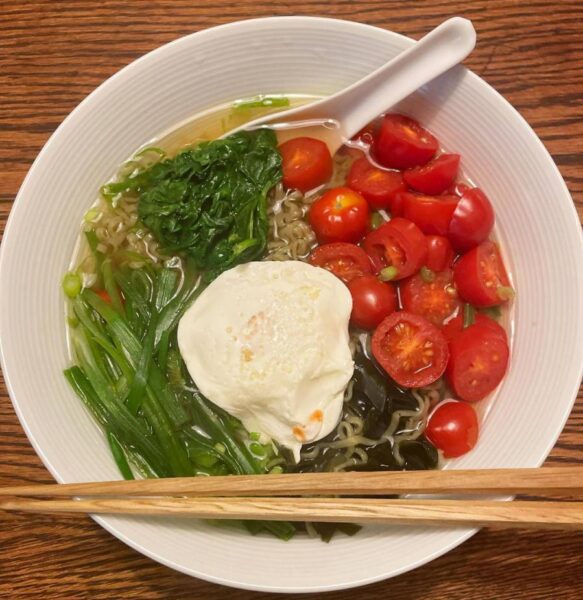For many, the term “comfort food” refers to food that brings a nostalgic feeling or brings back fond memories of one’s childhood or of Mom’s home cooking. It is often something we turn to when feeling overwhelmed or under duress. Comfort foods bring a sense of happiness, warmth and…comfort.

What Is Comfort Food?
The term “comfort food” is thought to have first been used in a 1966 article in the Palm Beach Post. Ironically, it was a piece on obesity, and noted that people resort to comfort food when “under severe emotional stress.” This was food, they suggested, “associated with the security of childhood, like mother’s poached egg or famous chicken soup.”
In many parts of the world, comfort food is associated with certain high calorie or high carb foods. In some cases it is connected to a simple or traditional style of preparation. In most circumstances, these foods bring a sense of warmth, and remind us of cultural or family connections. They may even be linked to a specific person and sometimes a certain time, such as holidays.

Why is it called comfort food? People often turn to these foods when they are stressed or worried about things, or even if they are feeling sick (physically or mentally). A 2015 study found that even among people in strong relationships (or because of them) comfort food reinforced a feeling of belonging. For a given person, or a family or even a whole culture, consuming these foods can bring feelings of comfort and well-being.
What Is Considered Comfort Food?
The actual foods differ widely. As noted, these foods provide a sense of safety and wellness. But the different types, ingredients and preparations are as varied as the people that eat them.
Simple comfort food examples can include things like ice cream, apple pie, pizza or macaroni and cheese and the like. But there are other, more sophisticated, ‘fast food’ examples. Something like poutine will check many boxes and, no doubt, be a go-to comfort food for many folks.

Comfort foods vary throughout the world. Even American comfort food can take many forms. Chicken is the base for some classic American comfort foods. Southern fried chicken, chicken and waffles, chicken and dumplings, etc are obvious (and delicious) examples. Certain dishes have hyper-local associations, such as shrimps and hominy (grits), coming from Charleston, South Carolina. Other traditional dishes have other, very specific cultural origins like jambalaya, with its Spanish and French influences, or (Hawaiian) loco moco.
Why People Eat Comfort Foods
There is certainly a natural pleasure that comes from eating. And we know that some foods trigger a biological response that pleases or comforts us. But the memories and mental associations that come from eating certain foods can also have powerful physiological effects.

Eating ice cream after a stressful situation might just be about getting a boost from the sugar rush. For the person that used to have milk and cookies after school, that same snack might still, in adulthood, bring comfort and joy after a long day.
Some people eat comfort foods when sick. In the West, chicken soup is widely considered to be the go-to food when fighting a flu or feeling ill. Studies have concluded that there are reasons why the ingredients may indeed be helpful when feeling sick. But for many folks the comforting memories of being cared for as a feverish child are at least part of what gives chicken soup it’s magic.
And we cannot forget the excellent illustration of this from the deliciously wonderful film, Ratatouille. For Anton Ego it was a simple and authentic rendering of a childhood comfort food that brought him straight back to his mother’s kitchen.
Our memories and connections to food can be so powerful that they come to us after years. They might take us back to our childhood home or maybe a dish that was only made by our grandmother. And these associations can trigger (hopefully) positive mental and emotional responses.
Is Comfort Food Healthy?
There has been an ongoing debate around eating comfort food, and whether there are benefits that offset the common dietary negatives.

Some believe that the emotional response these foods can deliver are therapeutic and ultimately positive. Others suggest it’s better to avoid many so-called comfort foods given that these foods are typically high in fat and/or calories, whether sugars or carbohydrates. Some lack basic nutrients or are straight up unhealthy. Having said this, the notion that comfort foods are unhealthy and calorie-dense isn’t always true.
Many comfort foods include certain “stick to your bones” ingredients. The usual big bad is saturated fat which can come from red meat, cheese, butter and the like. Such fats might make you feel fuller but take longer to digest and have more calories.

High carbohydrate ingredients are also common to many comfort foods. Examples include white rice, white flour, noodles, etc. The most common of all, of course, is sugar. They are easy to digest but are a fast-track to weight gain and diabetes. Potatoes are also high in carbohydrates and can have the same impact as sugar.
But all of the ingredients above are part of a healthy diet and can be enjoyed in moderation. And in many cases there are easy substitutes that can be made to your favorite comfort food recipes. Swapping out red meats and using chicken or fish, and going with whole grain products are an easy start. You can eat healthy comfort foods and still get that feeling of Mom’s warm hug.

What’s your go to comfort food?
What is comfort food for you? While ice cream or cookies might work for some, comfort food means something very different to me. Actually, my comfort food go-tos reflect my international upbringing and global travels.
I have foods from my childhood in Japan and others from my first visit to New York City, and my various trips to southern Europe. Most of the recipes and foods I discuss on Borderless Comfort are among my favorite, go-to comfort foods. What is your comfort food and why?

Most people are familiar with the idea of comfort food even if they never heard the term. But what qualifies as comfort food varies widely across people and cultures.
There are scientific theories and broad anecdotal agreement as to the effects of comfort foods. While such eating may not actually remove the bad feelings, they do seem to remind us of previous, positive experiences. But you can’t go wrong if you enjoy many different delicious and (mostly) healthy foods. As for me, I count them all as “comfort food”!
